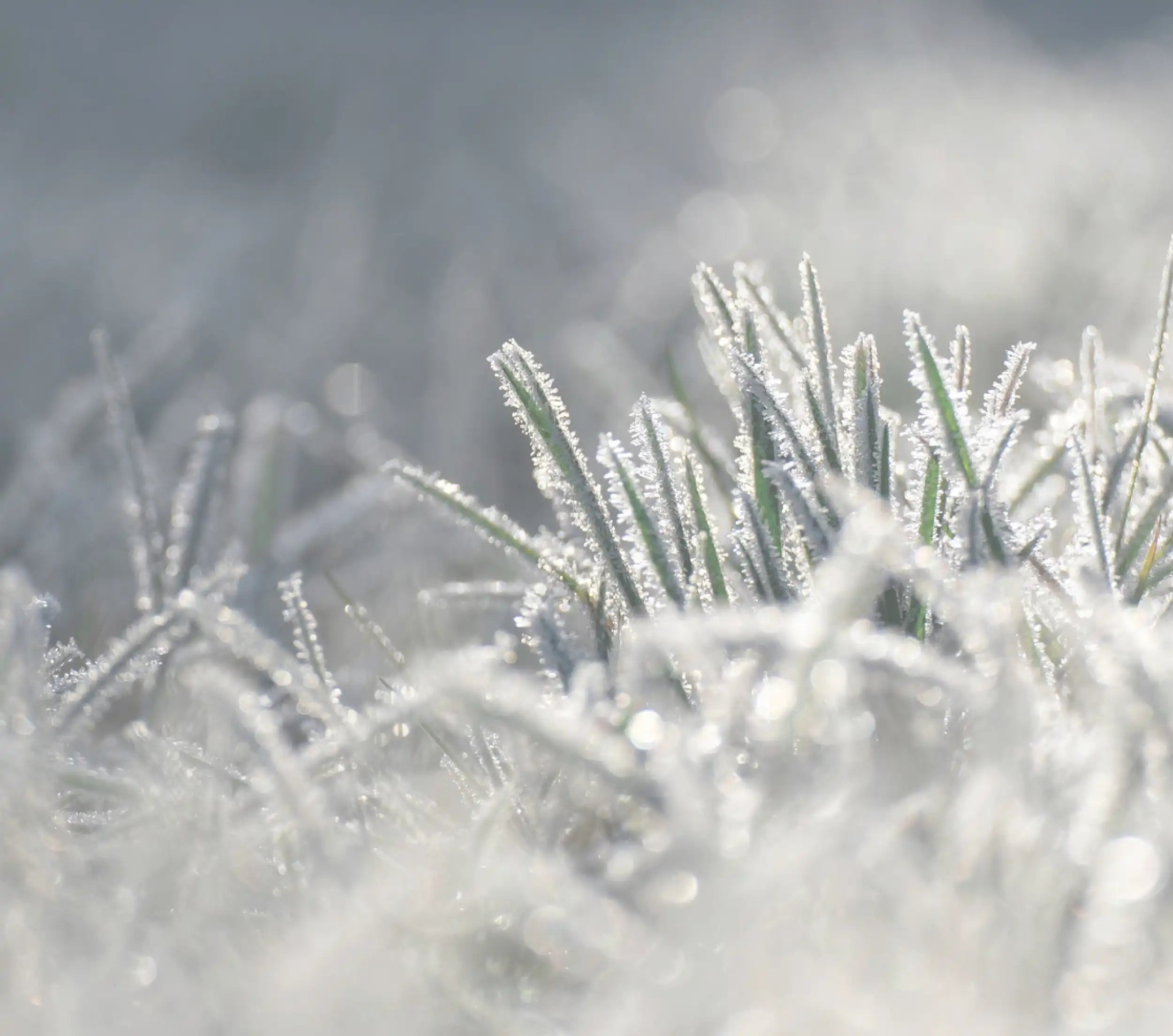Spring frost: understanding its impact and preparing your crops with Biodevas
Spring frosts are a threat feared by arborists and winegrowers. At a time when vegetation is starting to grow again, a spell of frost can cause considerable damage, compromising the year’s harvest and weakening the sustainability of the crops. While there is no solution to completely prevent this damage, there are strategies that can help to better prepare plants for this stress.
At Biodevas, we offer natural solutions which, although they are not antifreeze, help the plant to better withstand these difficult conditions and to recover more quickly after a frost episode.
The different types of spring frost and their effects on vegetation
Two types of spring frost can impact crops:
- White frost: This occurs on clear, cold days, with night-time temperatures between -3°C and -5°C. A thin layer of ice crystals settles on the vegetation, causing the young shoots to turn brown and dry out.
- Black frosts: These occur when there is a massive influx of cold polar air, with temperatures dropping to between -5°C and -10°C. They cause much more serious damage, including the total destruction of young shoots and resulting in significant crop losses.
Before frost: increasing the resistance of plants
When temperatures drop, vegetation slows down its metabolism to maintain its vital functions. However, in the event of frost, the water contained in the tissues crystallizes, which can lead to cell bursting and irreversible damage.
Certain characteristics make plants less sensitive to frost:
✅ A high sugar and mineral salt content, which lowers the freezing point of the sap.
✅ A higher dry matter content, reducing the amount of free water that can freeze.
Biodevas solutions, applied upstream, stimulate the physiology of plants and enable them to be more resilient in the face of the cold:
- ACTIBOSCA : activates enzymes and promotes the accumulation of dry matter.
- MC BORON: stimulates carbohydrate production, strengthens cell walls and promotes cell division.
- SECURA: improves the resistance of cell walls and regulates cell permeability
- VITAMIX / SUPRABOSCA: combines the effect of the aforementioned products by combining our natural active ingredient technology and a 100% bioavailable balance of trace elements.
💡 Important: These solutions are not antifreeze products, but they help the plant better withstand the stress caused by the cold.
After frost: restarting growth and maximizing recovery
Once the frost episode is over, the damage can be more or less significant depending on the intensity of the cold and the stage of crop development.
There are then two possible scenarios:
➡ The destroyed parts can be compensated (e.g. in potatoes): An enzymatic stimulation and growth program can be implemented to revive the vegetation.
➡ The destroyed parts are irrecoverable (e.g. loss of bunches on vines): The challenge will then be to support the plant with post-frost applications to help it regenerate and ensure good reserves for the next season.
Conclusion
Spring frost is a major challenge for perennial crops. While there is no solution that can prevent a plant from freezing, there are strategies that can help prepare it better and optimize its recovery after a cold spell.
Biodevas solutions are part of a comprehensive approach to abiotic stress management, supporting plant physiology before, during and after these critical periods.
👉 To find out more about our recommendations and solutions, contact us now!
